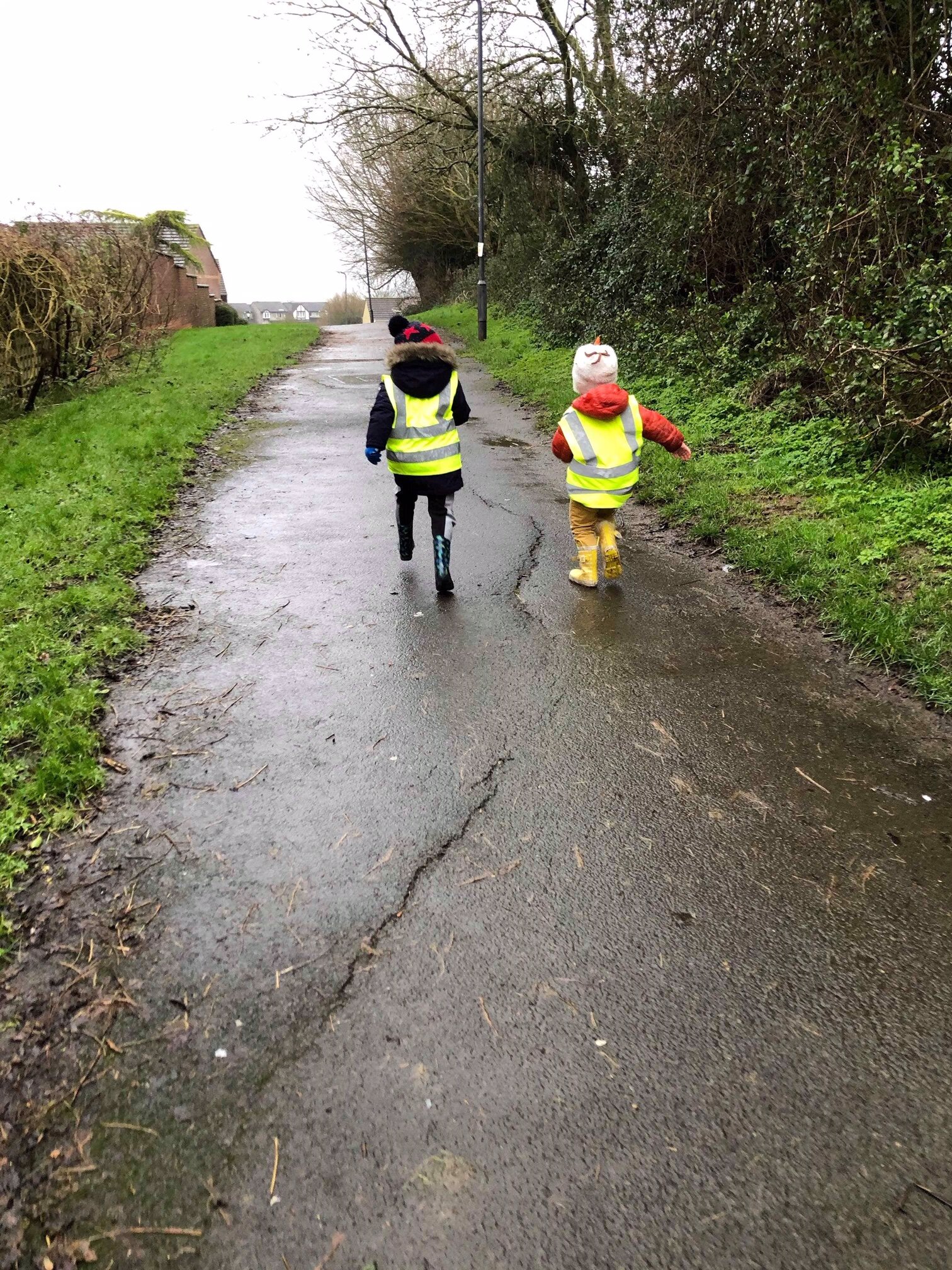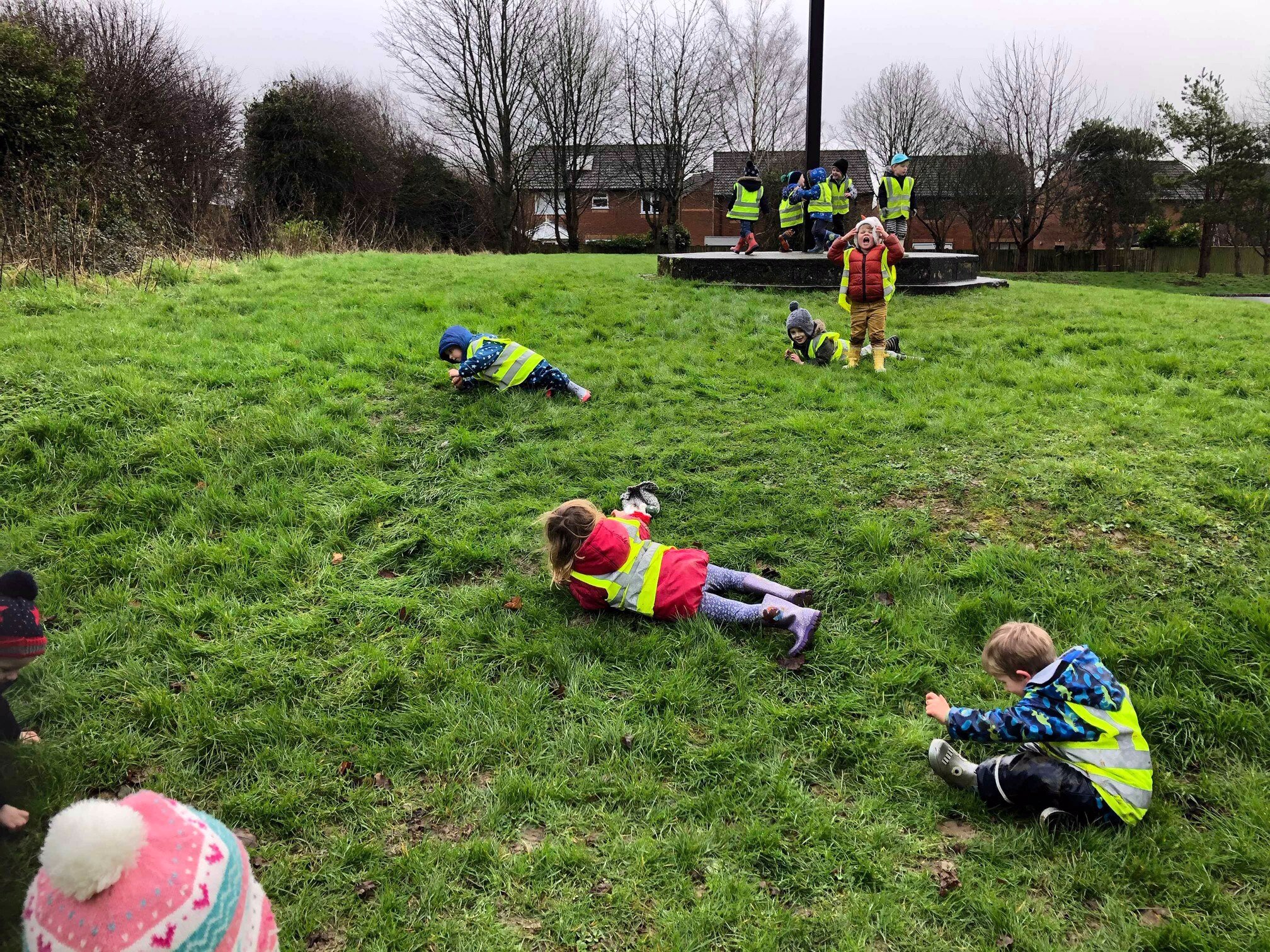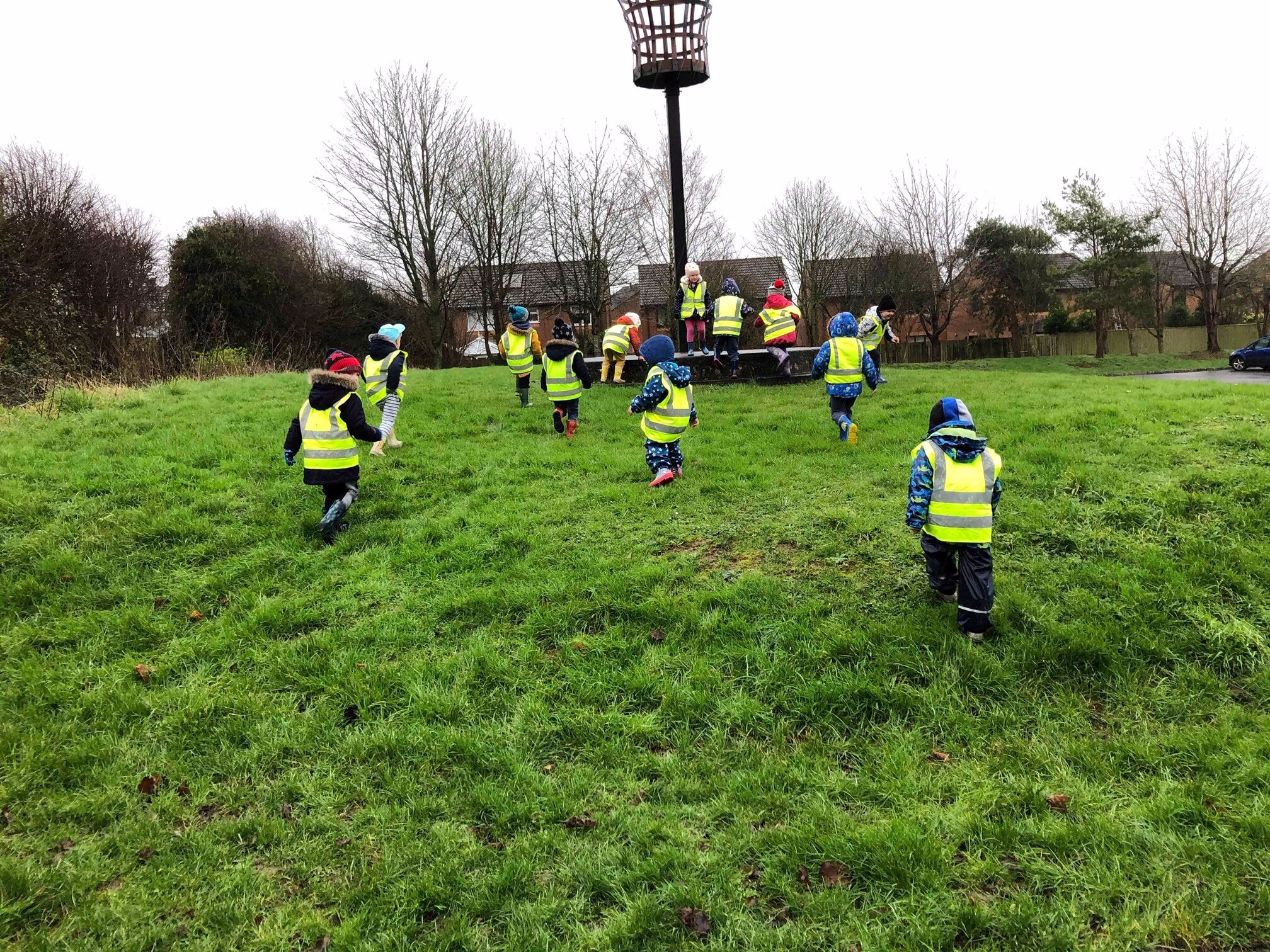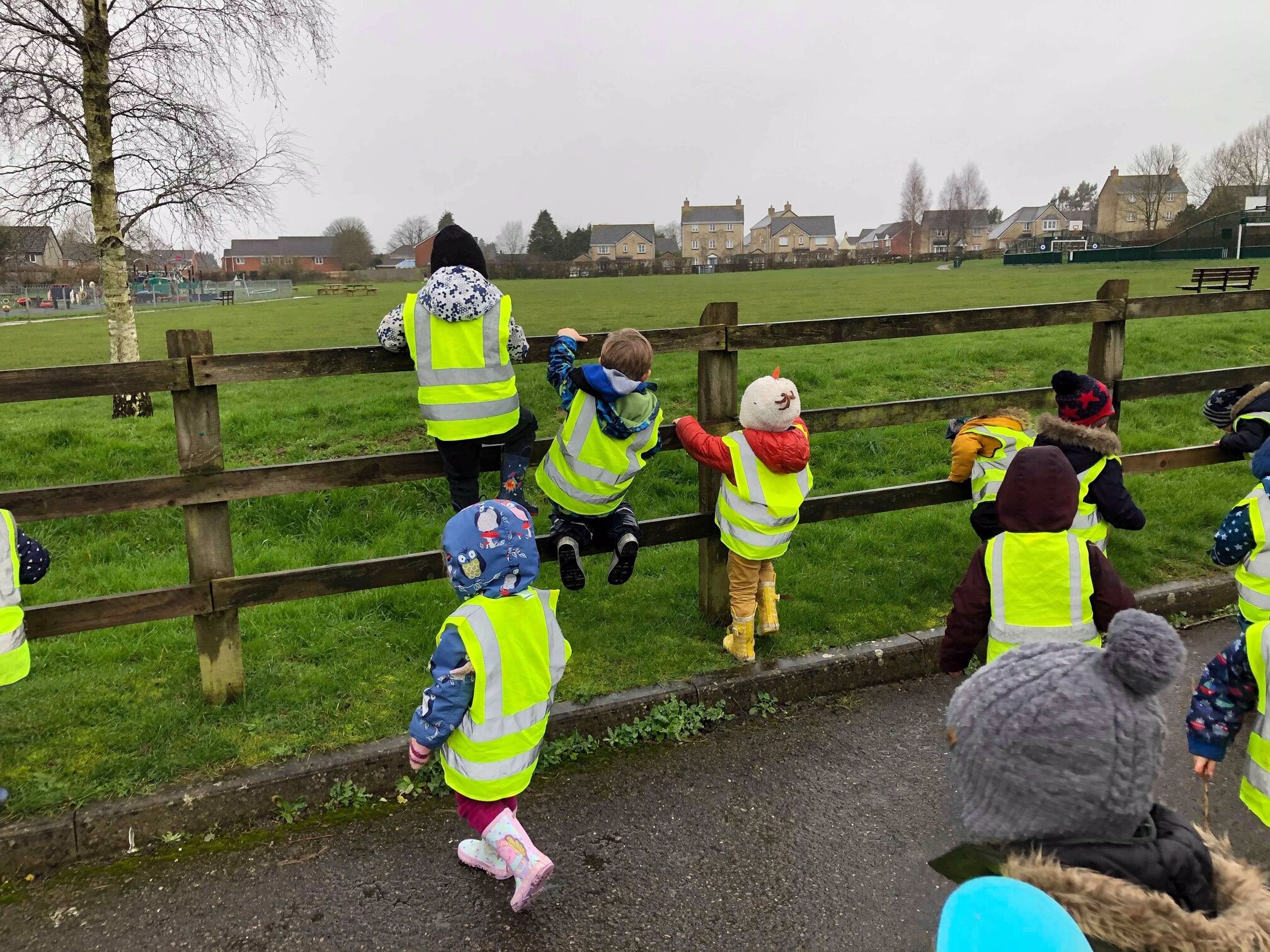The Wonder of Wanderlust
As part of our Hygge in Early Years accreditation, we have been working on exploring wanderlust.
Wanderlust refers to exploring nature and including it as part of our everyday practice. At The Learning Tree we place a large emphasis on our children accessing the outdoors daily, enjoying exploring the wider community and the natural environment.
As a society we are spending less and less time outside. In contrast, children’s screen time has risen to an average of nearly 7 hours a day. Connecting with the outdoor environment and nature has been proven to have huge health benefits in children. When children have no preconceptions regard learning, can just be themselves, exploring the environment naturally, their self-esteem is lifted.
When we go on our nature walks here at The Learning Tree, we go with a purpose. Looking at the season that we are we are in, noticing the changes happening around us and using what nature has given us as a learning experience. For example, in the autumn we can often be found out and about foraging for berries to come back and bake a crumble with, or collecting beautiful leaves for making collages.
In the winter we have enjoyed exploring ice, making bird feeders to keep the hungry birds well-fed. As spring beckons we turn our thoughts to planting seeds and getting ready for new growth. Come summer we will enjoy picking wild flowers and rolling down the grass hills.
Recently pre-school went on a welly walk. They ventured into open fields, in that open space, the children exclaimed, “I can see forever’’. Just wonderful.
On the walk back the children noticed house numbers. They were able to identify these numbers, which led to a conversation about putting numbers together, to make larger numbers. A welly walk and some maths! Pretty much all areas of the EYFS can be covered, just being outside.
On our walks the children learn about keeping ourselves and others around us safe. The importance of holding hands, walking in pairs and wearing our ‘life Jackets’ so we can be seen. They take great pleasure in greeting and meeting people and animals on the walks and we get lots of lovely comments from our neighbours about how polite and well behaved they are, a credit to the community.
In summary, we believe that being outside removes distractions. It encourages us to slow down, notice and be present. We can’t think of any resource that is better than that.
It costs nothing but us gives so much in return.






